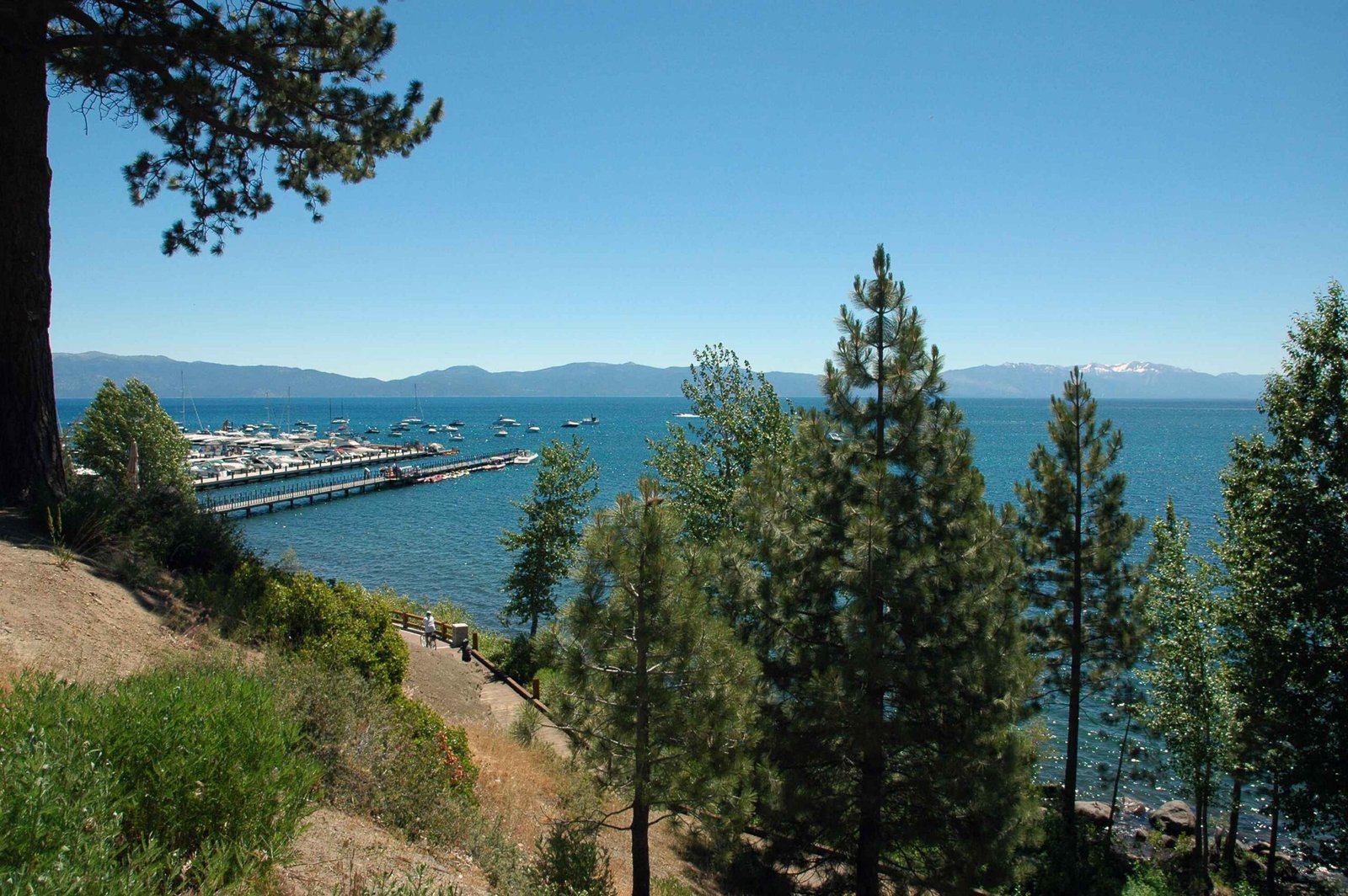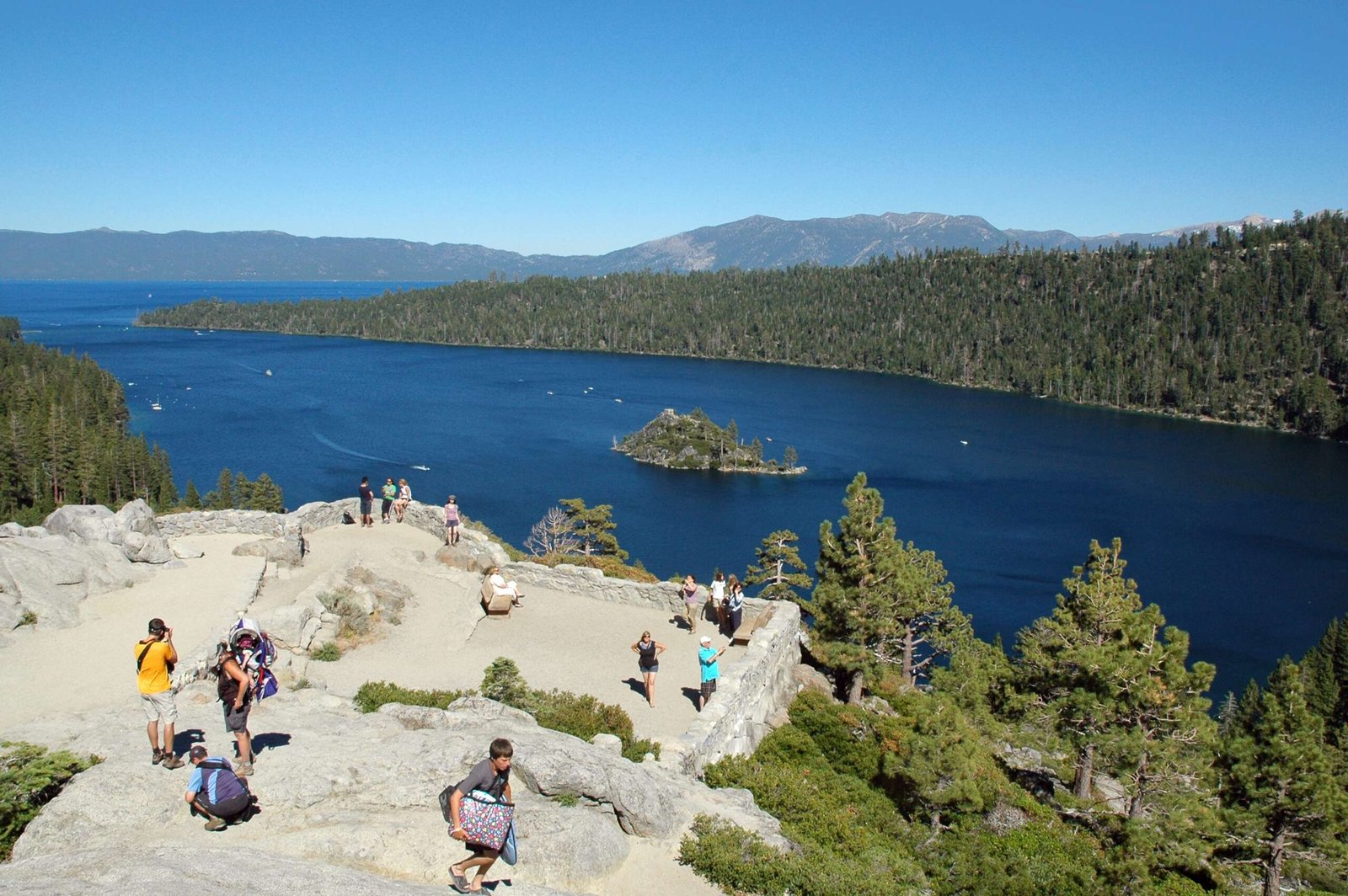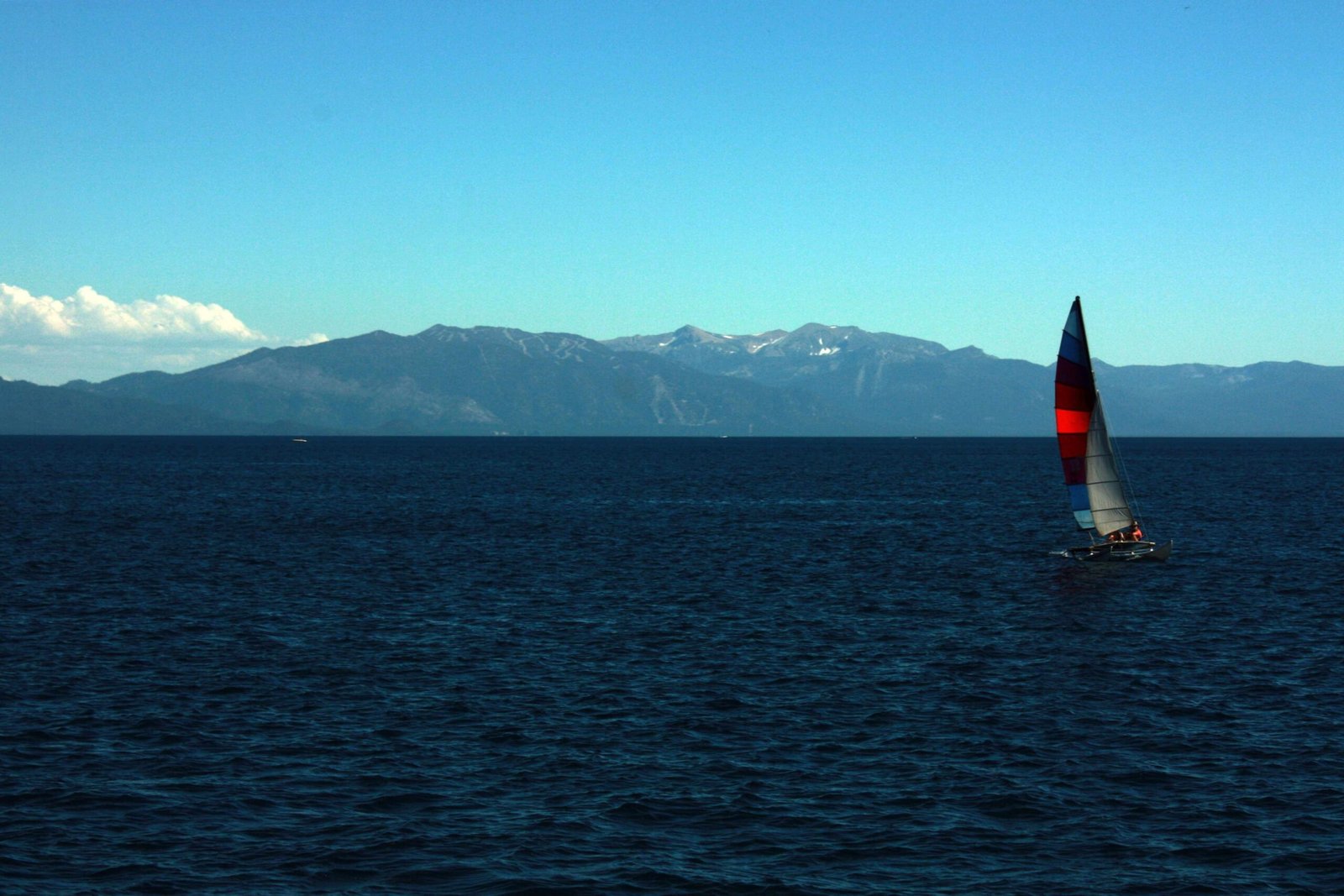Lake Tahoe faces unprecedented environmental challenges that threaten its pristine ecosystem. From declining water clarity and invasive species to climate change impacts, the lake’s delicate balance is under severe stress. Urban runoff, atmospheric pollution, and rising temperatures are rapidly transforming this iconic alpine watershed, demanding immediate and comprehensive conservation efforts to preserve its unique ecological heritage.
What Are the Primary Pollution Sources in Lake Tahoe?

Lake Tahoe’s environmental challenges stem from multiple interconnected pollution sources:
Urban and Watershed Runoff
- Fine Sediment Particles: Approximately 2/3 of lake clarity impairment comes from sediment particles smaller than 16 micrometers
- Nutrient Contamination: Nitrogen and phosphorus inputs from urban and agricultural runoff
Atmospheric Pollution Contributions
- Nitrogen Deposition: Significant atmospheric input from regional industrial and transportation emissions
- Particulate Matter: Long-range transported pollutants affecting water quality
How Do Invasive Species Impact Lake Tahoe’s Ecosystem?

| Invasive Species | Ecological Impact | Mitigation Difficulty |
|---|---|---|
| Asian Clam | Alters nutrient cycles | High |
| Quagga Mussel | Disrupts native species balance | Extremely High |
| Aggressive Aquatic Plants | Reduces native biodiversity | Moderate |
Specific Invasive Species Challenges
- Compete with native species for resources
- Modify ecosystem nutrient dynamics
- Accelerate potential ecological transformation
What Climate Change Effects Threaten Lake Tahoe?
Temperature and Hydrological Transformations
- Lake warming 15 times faster than historical rates
- Reduced winter snowpack
- Increased thermal stratification preventing natural lake turnover
Ecological Vulnerability Indicators
- Reduced water clarity
- Increased algal bloom potential
- Higher risk of catastrophic wildfires
- Disrupted native species migration patterns
What Are the Quantifiable Water Quality Metrics?
Annual Clarity Measurements
- 2023 Average Clarity: 68.2 feet (down from 71.9 feet in 2022)
- Winter Clarity: 91.8 feet underwater
- Summer Clarity: 53.5 feet (fifth murkiest on record)
How Can Environmental Challenges Be Mitigated?
Comprehensive Conservation Strategies
- Enhanced watershed management
- Strict invasive species control
- Reduced urban and agricultural runoff
- Climate change adaptation programs
- Advanced water quality monitoring systems
Community and Scientific Collaboration
- Interdisciplinary research initiatives
- Public awareness campaigns
- Sustainable development practices
- Ecosystem restoration projects
Emerging Research and Monitoring Techniques
Advanced Detection Methods
- Microplastic identification
- High-resolution satellite monitoring
- Continuous water quality sensors
- Genetic tracking of invasive species
Technological Intervention Approaches
- Precision Filtration Systems
- Autonomous Monitoring Drones
- Machine Learning Predictive Models
- Targeted Ecosystem Restoration Technologies
Conclusion
Lake Tahoe’s environmental challenges require holistic, adaptive management strategies that integrate scientific research, technological innovation, and community engagement.

